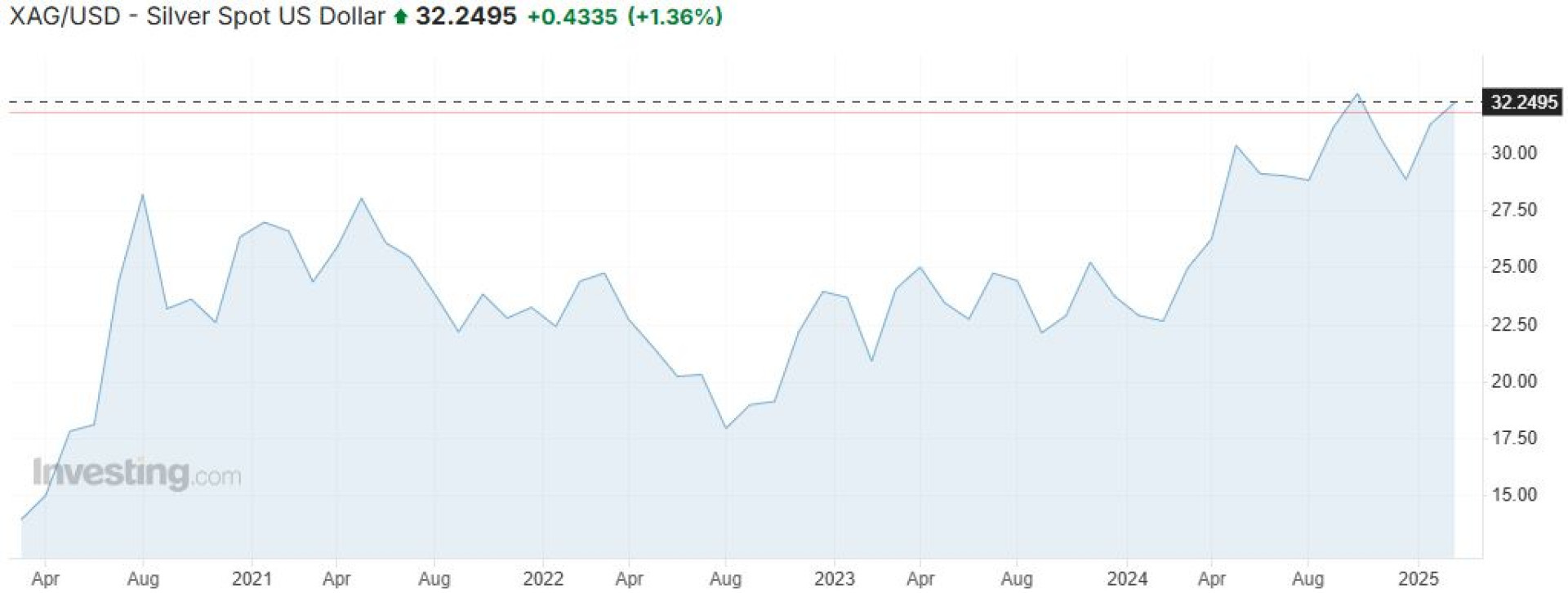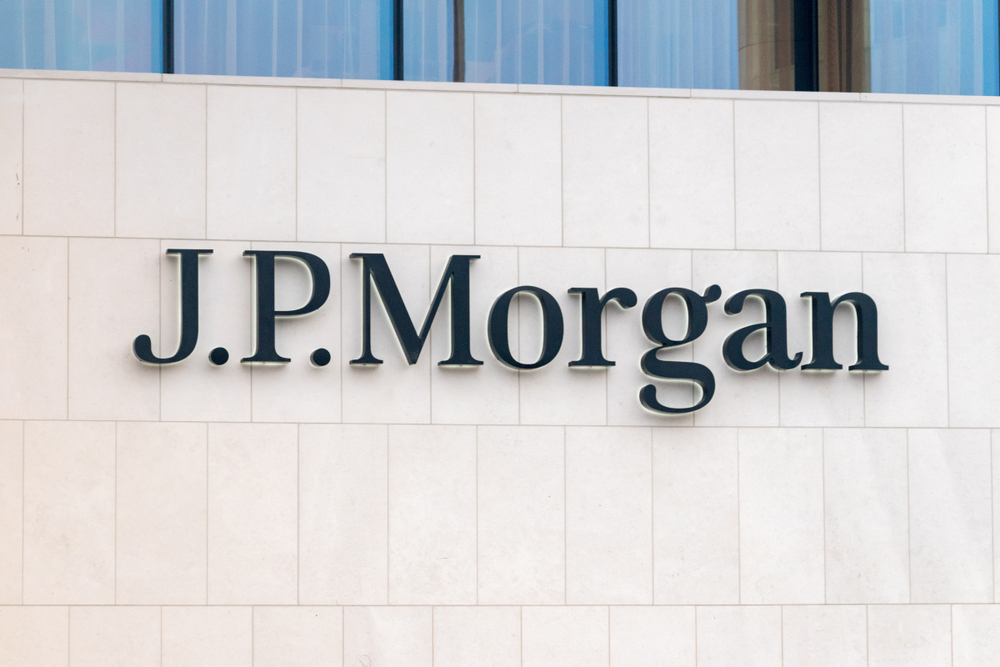U.S. Trade Policy Under the New Administration
Donald Trump’s rhetoric and promises to impose tariffs on the U.S. imports have caused significant volatility in global markets. So far, he has partially delivered on these pledges, introducing a 10% tariff on Chinese goods in February 2025. As for Canada and Mexico, the decision has been postponed by 30 days, but similar or even more radical measures have been hinted at for the EU. Moreover, on Sunday, February 9, 2025, Trump announced additional tariffs on all aluminium and steel imports. Canada is the key supplier of certain metals and rare minerals to the U.S. From January to November 2024, it accounted for 79% of U.S. aluminium imports. Trump says that his goal is to strengthen domestic manufacturing and the economy, but his measures could lead to significant price increases and rising inflation. [1]
Record Levels
Gold prices have also been supported over the past week by a weaker dollar and escalating tensions in the Middle East. Trump's remarks suggesting that Gaza should be under U.S. control have added to geopolitical uncertainty, pushing gold to new hights. On Monday, February 10, 2025, the spot price of gold surpassed $2,900 per ounce. Besides gold, silver has also had a strong month, trading at its highest levels in two months in the first week of February. Like gold, silver benefits from similar fundamental factors, though its long-term growth is less dynamic.* This week, investors will be watching new U.S. inflation data, which could be key to the next moves in the precious metals market.

Source: Investing.com*
Central Banks’ Gold Reserves Reached Record Levels
According to the World Gold Council report released on February 5, 2025, central banks purchased about $96 billion worth of gold in 2024, which represents a record 1,045 metric tons of the metal. The pace of buying accelerated significantly in the fourth quarter, marking the highest annual volume in history and reinforcing gold’s role as a strategic reserve in uncertain times. Key drivers of this trend include the need for foreign exchange diversification amid inflation fears and geopolitical instability. Central bank demand has outpaced investor interest in gold-backed ETFs, which, after three years of capital outflows, stabilized their positions in 2024. While Western investors' appetite for gold remains linked to interest rates, central banks continue buying regardless of U.S. monetary policy. Analysts at Goldman Sachs and other institutions expect this trend to persist in the coming years, as many countries—especially in emerging markets—boost their gold reserves as a hedge against economic uncertainty.
Gold Expected to Climb Further in 2025
Central bank purchases play a major role in global gold demand and this trend is expected to continue. Gold prices are likely to remain high in 2025, supported primarily by expectations of continued aggressive trade policies from the Trump administration. Citi has raised its short-term price target to $3,000 and revised its 2025 outlook to $2,900. [2] Demand for gold remains strong, driven by geopolitical tensions, concerns over economic growth, and the ongoing trend of de-dollarization in emerging economies.
* Historical data is not a guarantee of future performance.
[1,2] Forward-looking statements represent assumptions and current expectations that may not be accurate or are based on current economic conditions that may change. These statements are not guarantees of future performance. Forward-looking statements by their nature involve risk and uncertainty because they relate to future events and circumstances that cannot be predicted and actual developments and results may differ materially from those expressed or implied by any forward-looking statements.
Caution! This marketing material is not and should not be construed as investment advice. Historical data is not a guarantee of future performance. Investing in foreign currencies may affect returns due to fluctuations. All securities transactions may result in both profits and losses. Forward-looking statements represent assumptions and current expectations that may not be accurate or are based on current economic conditions that may change. These statements are not guarantees of future performance. InvestingFox is a trademark of CAPITAL MARKETS, o.c.p., a.s. regulated by the National Bank of Slovakia.
Sources:
 English
English
 Slovak
Slovak
 Czech
Czech
 Hungarian
Hungarian
 Italiano
Italiano
 Polish
Polish






